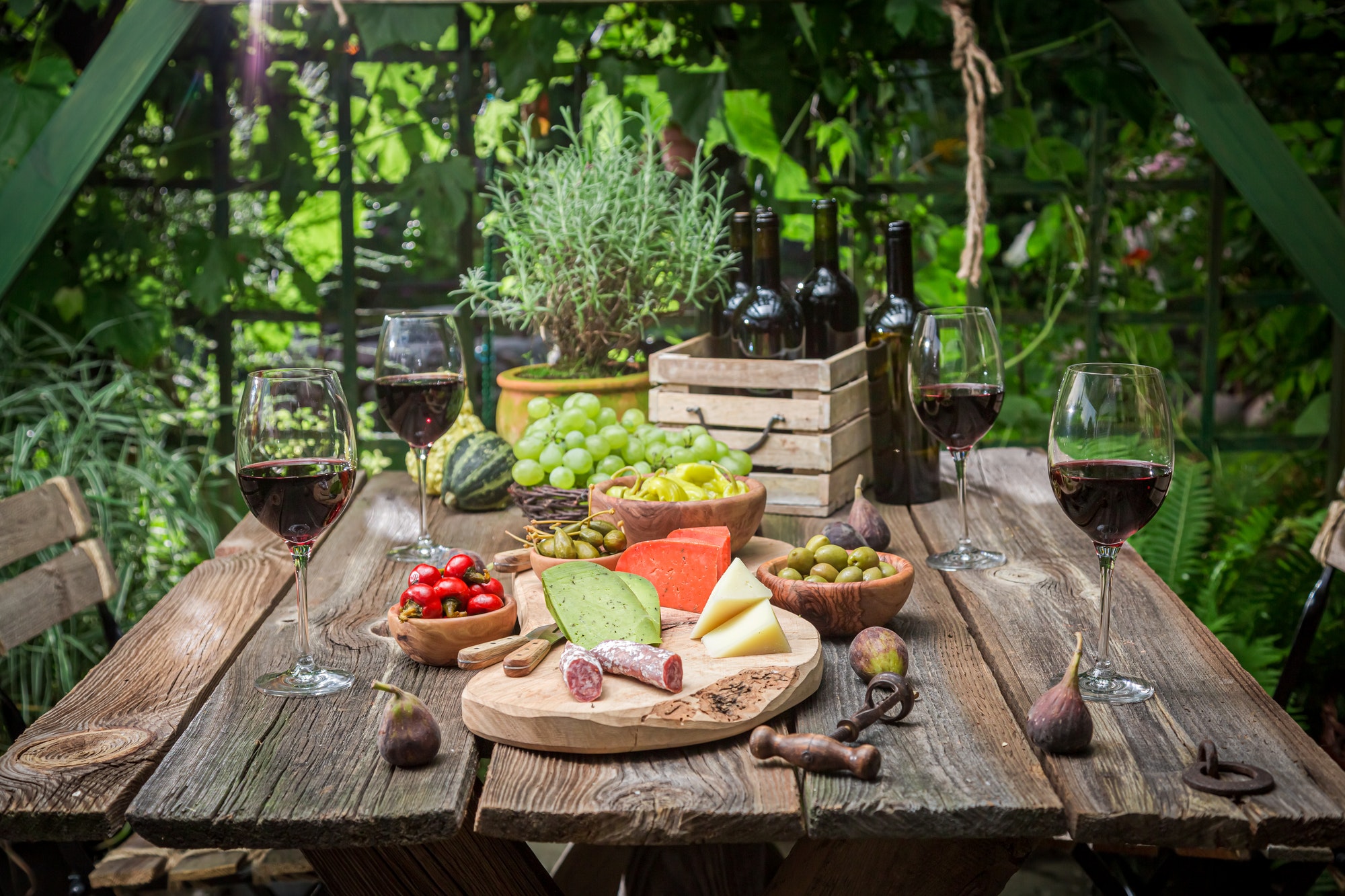If you are thinking of purchasing a house plant, there are some tips that you should keep in mind. Generally, houseplants need a 65-75 degree Fahrenheit temperature range, with 10 degrees lower at night. They also need a humidity level that resembles their natural growing environment. The best way to keep your house plants moist is to mist them regularly with a spray bottle. However, you should remember that excess moisture can lead to white coating of dust on the leaves.
Choosing the right type of house plant is critical. Certain house plants require moist, warm climates, while others thrive in dry, hot climates. Knowing your plant’s requirements when purchasing a house plant is important, but there are a few tricks you can do to convince it that its current environment is the best for it. Try buying house plants from places like Planet Natural, which offer equipment to help grow them. They also sell different types of soils and fertilizers, as well as grow lights.
If you don’t have a plant container, you can also use any other object for a pot. Ensure that you fill the pot with soil and add some gravel to encourage proper drainage. Rocks can also be used as a moisture absorbing material. If you are planning to keep house plants as a long-term hobby, you should make sure to follow the instructions carefully to get the best results. This way, you will be able to enjoy your plants for years to come.
If you have a sunny window, choose a plant that receives bright, indirect sunlight. The best house plants for indoor use are succulents and desert cacti. They can be grown near south or west facing windows. Other plants that do well in low light conditions include the ZZ plant, snake plant, pothos, and philodendron. You should remember that the size of the pot and overall growing conditions will determine how big the plant grows.
If you’re looking to keep indoor plants healthy, you should feed them with organic fertilizer on a regular basis. These types of fertilizers have less risk of harming houseplants than their counterparts. Apply 1/4 of the recommended amount once a month. In winter, plants grow slowly, so they require less fertilizer. In summer, they require more fertilizer. You can apply a quarter of the recommended amount once every two weeks if the plants are growing in low-light conditions.
Indoor plants need light. If you don’t get natural sunlight, you can supplement the light that your plant needs by placing artificial lights in the area. In addition to supplemental lighting, you can add artificial lights for extra light. House plants need light for photosynthesis, which converts sunlight into carbohydrates. This energy is essential for plant growth and flowering. Light helps plants absorb nutrients, and it’s important to maintain the right humidity for them to thrive.

